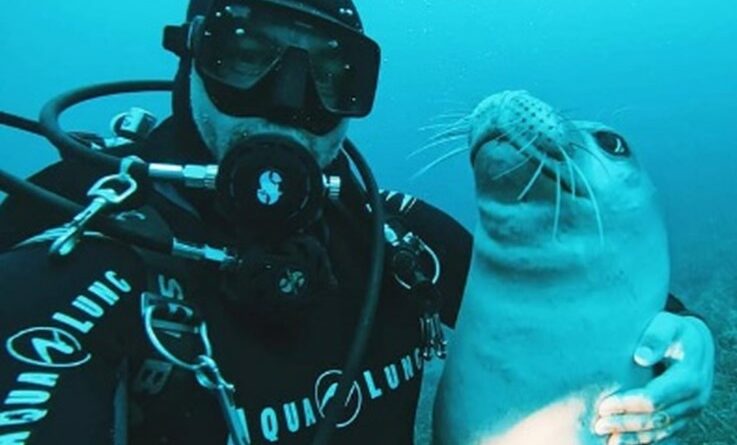The Sacred Mediterranean Monk Seal
Form 3 students. Foley’s school. Limassol (Cyprus) .
I’m sure you’ve heard about climate change and what it’s doing to our world.
I’m also sure you’ve heard about it multiple times – it can get a little… Well, tiring (trust me, I know). I’m here to bug you about global warming once more – truth is, it’s a very big problem that needs to be delt with, so it is necessary for you to know about it as much as possible. But before I do that, let me introduce our role model today – the Mediterranean monk seal!
The Mediterranean monk seal (also a close relative of the Caribbean monk seal) is one of the rarest animals in the world. An adult seal measures about 7.8 feet (2.38m) and can weigh up to 690 lb (313kg). They’re huge, yet very sweet creatures. They feed on eels, tuna, sardines and octopi.

The Mediterranean “monk” seal is a rather strange name in my opinion. Why “monk”? Well, that’s because these seals tend to have smooth coats that are generally brown or grey on the back, and lighter on the belly.
Because of this, they resemble robes of Franciscan friars, and even though friars aren’t technically monks, they can sometimes be considered as them, hence the name “Mediterranean monk seal”.
Mediterranean monk seals prefer to live on coastal areas in groups or “colonies”, and they have been seen in colonies from 20 to 300 seals! Recently, these seals have been found in caves too, for resting and mating; that’s not supposed to happen. The cave usage seems to be in response to human disturbance.
Females give birth to only one pup and may not give birth to another for two more years. To add to that, mating only occurs from September to November. This proves that Mediterranean monk seals reproduce slowly, and the fact that us humans are making their lives harder isn’t helping. Our monk seals were nearly wiped out due to hunting for its skin in the 1800s! Today, the main threats are killings by fishermen who consider seals competitors for fish, accidental entanglement in fishing gear, human disturbance (trash dumped in the sea; cargo ships that lead to oil spillages; noise pollution etc.) and habitat loss.
Kostis tale
Let me tell you a story. A few years back, in Greece, a baby Mediterranean monk seal was rescued by fisherman – a pup. The fisher, after finding him washed up on a Cycladic Island beach when a hurricane-like storm battered the country in 2018, decided to name him “Kostis”. Kostis was adopted by the island as a mascot. The pup would often be seen clambering on to boats moored in Alonissos’s port and posing for photos. He was a celebrity!
MOm, the Hellenic Society for the Study and Protection of the Monk Seal, said it was offering a €18k bounty for information or evidence that “will lead to the arrest of the person(s) responsible for the killing of the seal.”

Kostis posing with fellow scuba diver
“We also hope that the culprit is found because this is a criminal act,” said Panagiotis Dendrinos, who heads the organisation. “It is not only an immoral act, but also illegal.”
Left: photo of Kostis after being found harpooned, Right: close-up of Kostis’ face
Currently, only about 600-700 individuals are left. Fortunately, this species is now protected by law by many countries.
Does your country abide by that law? Take a minute to search it up.



